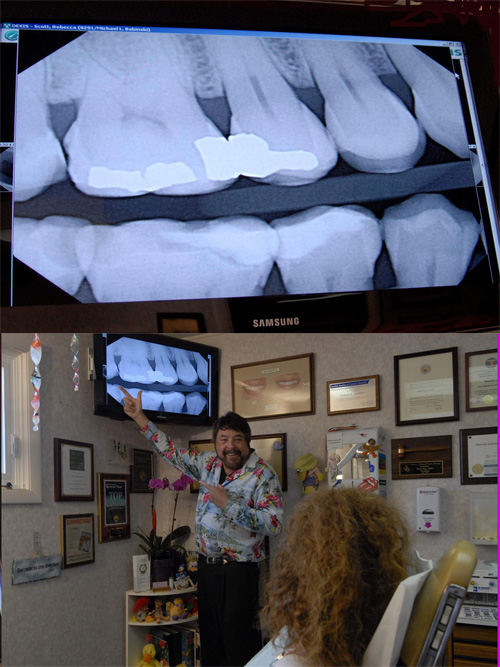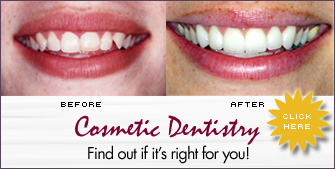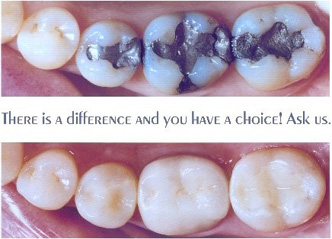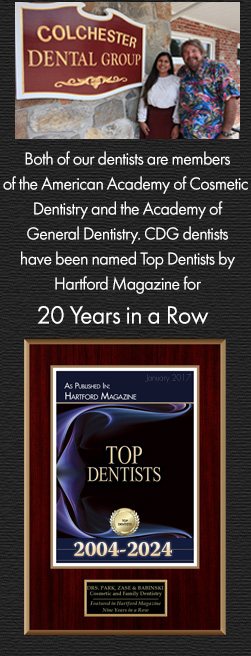Digital X-Rays
Dental technology is even being developed to make dental X-rays safer and more convenient. While dental X-rays emit low amounts of radiation and every precaution is taken to protect patients from exposure, some dental patients may still put off dental X-rays for safety reasons.
The physical process for digital radiography is actually similar to traditional dental X-rays that use film: With digital radiography, your dentist inserts a sensor into your mouth to capture images of your teeth — but that’s where the similarities between conventional and digital dental X-rays end. Although it resembles the film used for bitewings and other X-rays, the digital sensor is electronic and connected to a computer. Once the X-ray is taken, the image is projected on a screen for your dentist to view.

Benefits of Digital Radiology
- The equipment used in digital radiography exposes dental patients to much less radiation. In fact, digital X-rays use up to 90 percent less radiation than film X-rays.
- With digital radiography, the sensor develops the picture almost instantly and projects it onto a computer screen right before your eyes.
- Once on the screen, digital X-rays can be enlarged or magnified for a better visual of the tooth’s structure. Brightness, contrast and color can also be adjusted, allowing your dentist to see small dental cavities easier. If you need a hard copy of your X-ray, digital images can also be printed out.
- Digital images can be e-mailed to a dental specialist for immediate review.
- Digital dental X-rays are better for the environment! With digital radiography, no chemicals are used to develop film. There’s also no wasted space of a darkroom and no need to store film, which can pile up in a dentist’s files.















